Description
Complementary food for dogs and cats
Protects the stomach against nausea and acidity
WITH ALTHEA, HEMP OIL AND GINGER
Brewer's yeast, the Products obtained from the processing of herbs (including: Altea-Althea officinalis L.– the root powder of 16,000 mg/kg, Ginger – Zingiber Officinale powder 12.000 mg/kg, Opuntia Ficus Indica powder 12.000 mg/kg), malt extract, minerals, meat and dairy products, whey, dextrose, Bacteria inactivated and their parts (L. rhamnosus SGL06 tindalised, L. reuteri SGL01 tindalizzato), vegetable oils (oil of rape seed), Hemp seed oil (12.000 mg/kg).
RELIEF STOMACH
Stomek® promotes the proper functionality of the digestive system and combats nausea and vomiting.
PROTECTION OF THE STOMACH WALLS
Stomek® creates a protective film that adheres to the walls of the stomach, protects them from the action of acids and impedes the ascent towards the esophagus.
ACTION COMPLETE AND LASTING IN TIME
Stomek® not only gives immediate relief to the stomach, but regulates the production of acids, favoring in time, the normal gastric function.
Recommended quantities:
Orally or mixed with food. 1 ml per 5 kg of weight once a day, mixing it with food or somministrandolo directly via the oral route.
5 Kg – 1 ml per day
10 Kg – 2 ml per day
20 Kg, 4 ml / day
Over – 30 Kg 6 ml per day
Can be administered for long periods. Store in a cool and dry place.

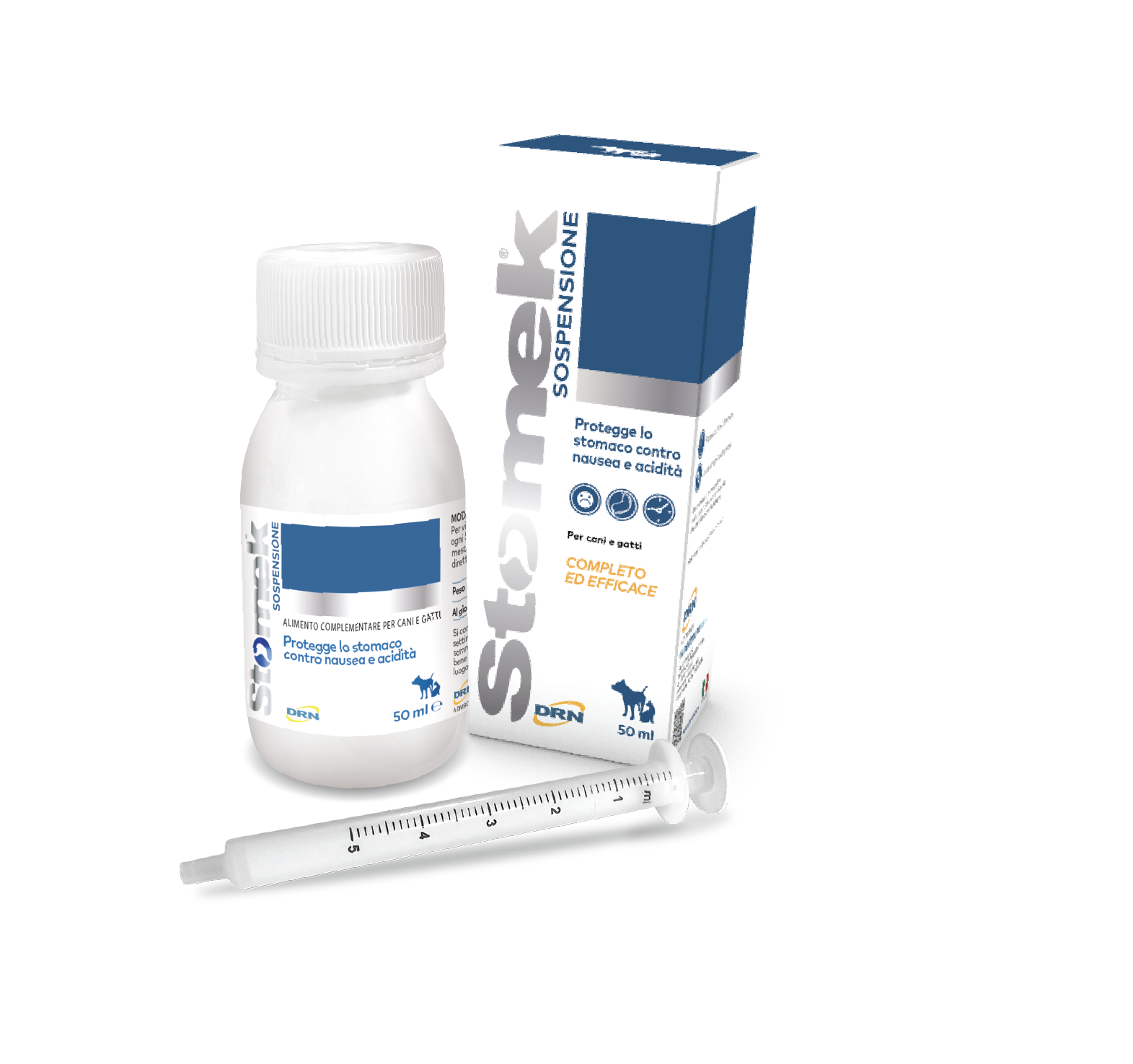
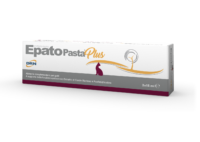
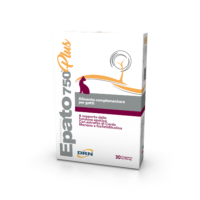
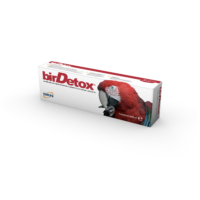
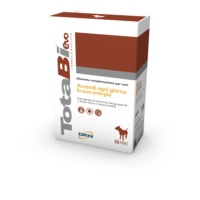
Reviews
There are no reviews yet.